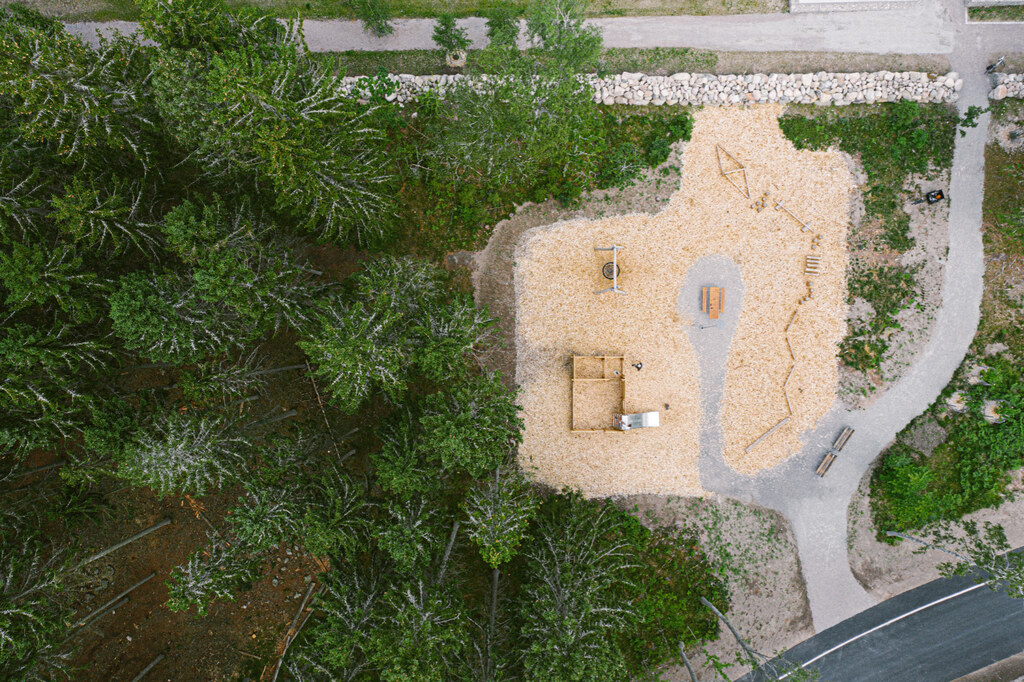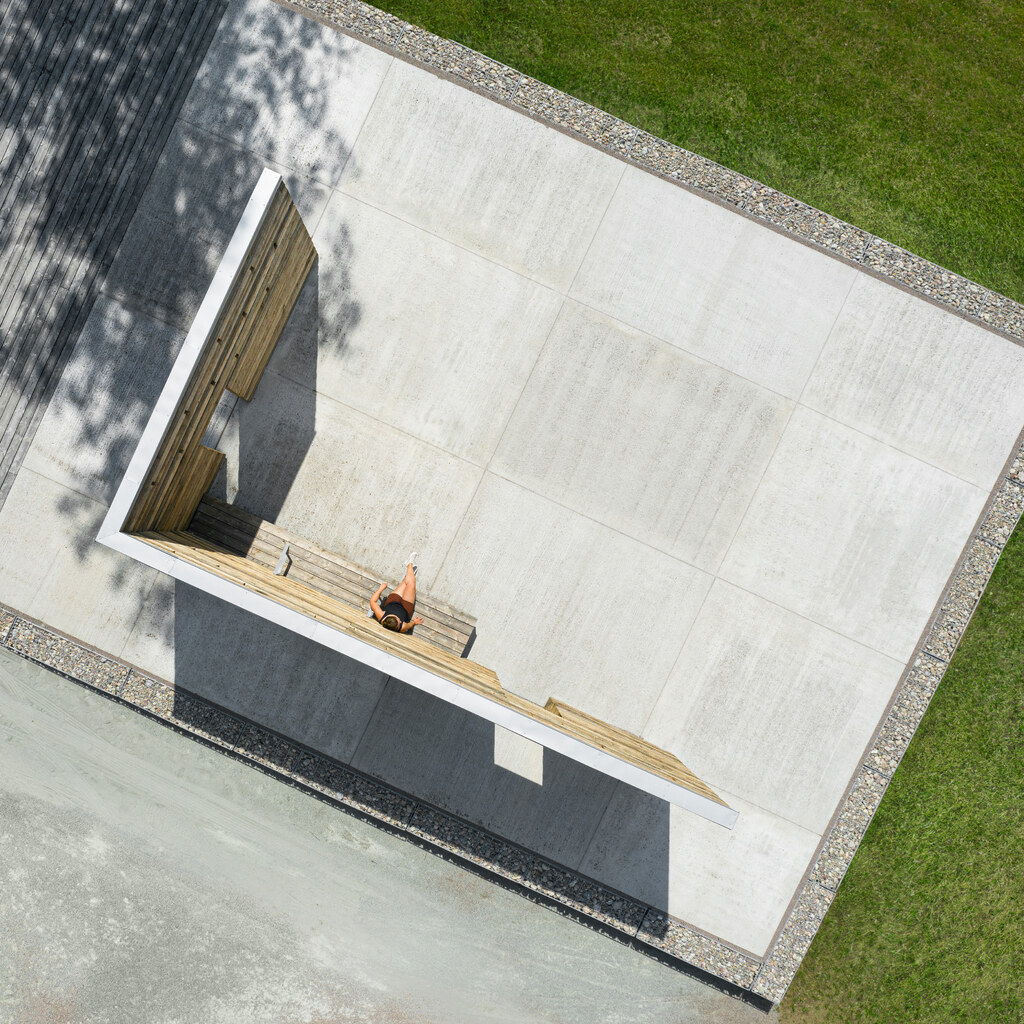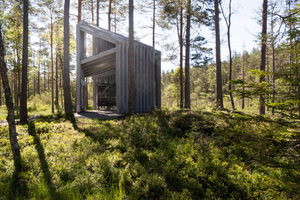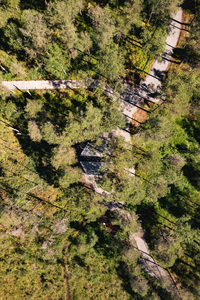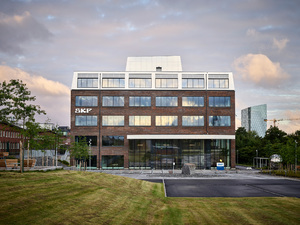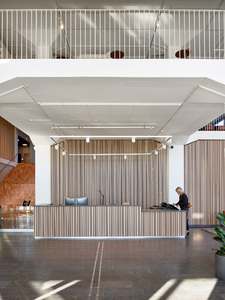
City park / Växjö
After parallel assignments, which have formed the basis for the area's new detailed plan, we were entrusted with developing a design program and designing construction documents for a new district park in Växjö. The landscape has a rich cultural heritage in the form of ancient fields, Stone Age graves and contemporary, overgrown agricultural land, which together form the sounding board for the new park. The park was thinned out and shaped according to the orthogonal geometry of the cultivated landscape, with strong contrasts between the built and the growing, the cultivated and the wild.
Year
2016 - 2020
Location
Torparvägen,
352 53 Vaxjo
Customer
Växjö Municipality
Contact
Andreas Johansson
0765-487041
liljewall
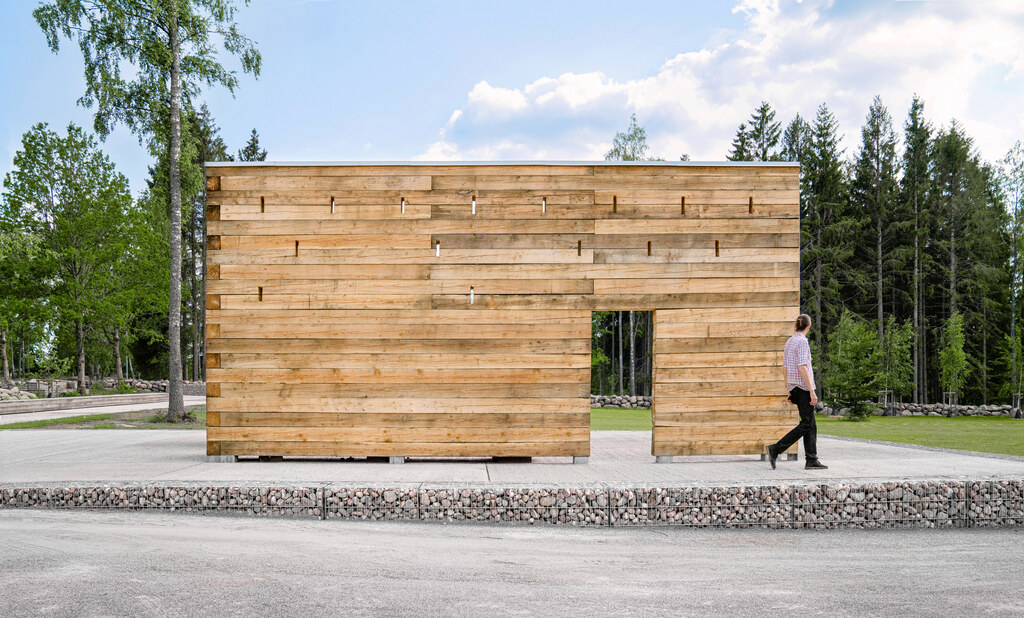
The mission
Torparängen is a new district in southern Växjö, located on the shores of Lake Södra Bergundasjön. liljewall was one of three architectural firms that participated in the parallel assignments that formed the basis of the area’s new detailed plan. We have since been entrusted with developing a design program and designing construction documents for a new city park. The park has been designed to develop while maintaining legibility even with minimal maintenance, with a given place for nature’s spontaneous processes; the north side of the walkways is tightly paved while the south side, like the concrete casting joints, are left open. In the same spirit, birches were planted in the middle of the southern walkway, as an invitation to dialogue and negotiation, while the cultivated and organized order contrasts to the north. Through a simple palette of traditional materials, consistently repeated in different scales, the design aims for a legible, open form. The park’s newly built ruin (Fåfängan) gathers and organizes the loosely connected surroundings and at the same time opens a window into the landscape’s history.
From a walking area to a neighborhood and a neighborhood park
The project investigates and shapes the history of the landscape into a form that responds to the needs and motifs of the contemporary public park. Starting from a cairn along the southern border, the park is shaped according to the strict geometry of the cultivated landscape, where dark, tall spruce forest forms the typical Småland background motif. The project was already initiated in the detailed plan stage with a parallel assignment, which meant that the buildings, the park’s idea, size and landscape design have been consistently connected through
all phases of the project.
The geometric agricultural landscape
The park’s main entrance introduces the formal leitmotif with its sunken geometric shape, which is then repeated in the central park space. In a landscape characterized by cairns and rocky moraine, the gabions take on the role of a contemporary incarnation and, through a rhythmic repetition, convey an interpreted image of the landscape. The robustness of the park’s built character makes room for rugged plants and spontaneous vegetation and also functions without maintenance. The northern part is characterized by the order of the cultivated landscape, both through the arrangement and division of the various platforms and is emphasized with geometric plantings with deserted moorland species and the nobler flowers of the meadow.
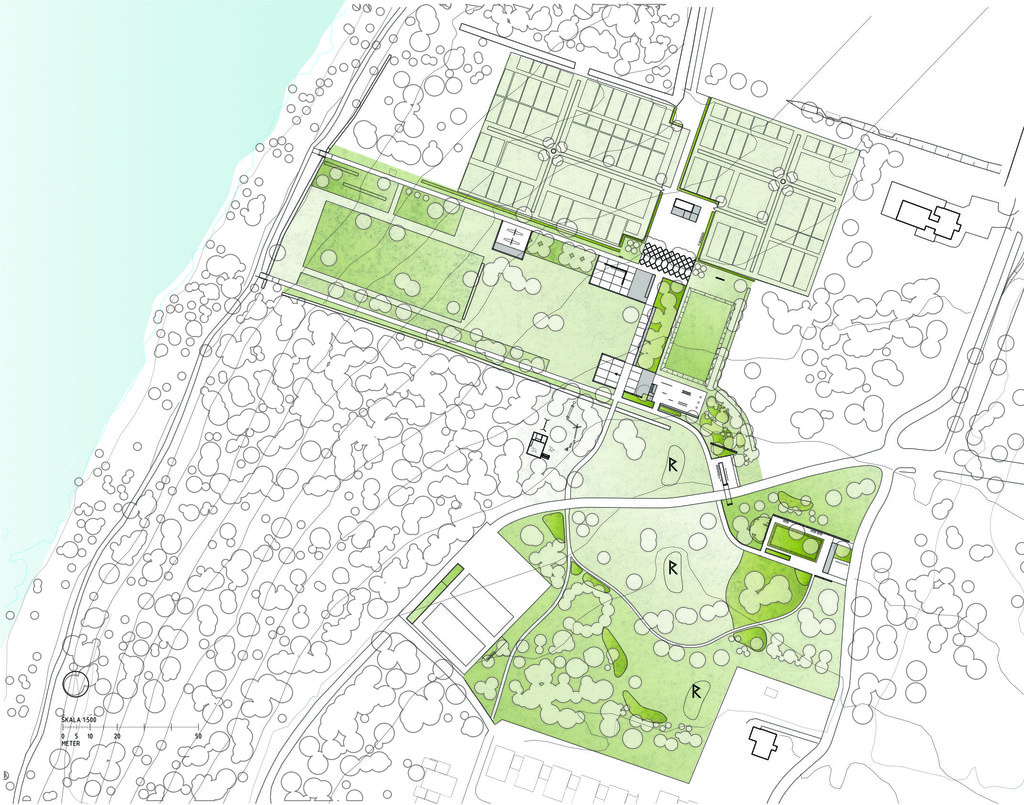
The project has attracted a lot of attention, not least when it was shortlisted as one of five nominated entries for the Landezine Prize 2022. It was then one of the selected entries in the anthology Landskap Nu! from 2023. Most recently, the project is presented in the new book Contemporary Landscape Architecture: Masterpieces Around the World, which was released in the spring of 2025.
landezine-award.com
konstigbooks.com/architecture/landskap-nu-landscape-now
bokus.com/contemporary-landscape-architecture-masterpieces-around-the-world
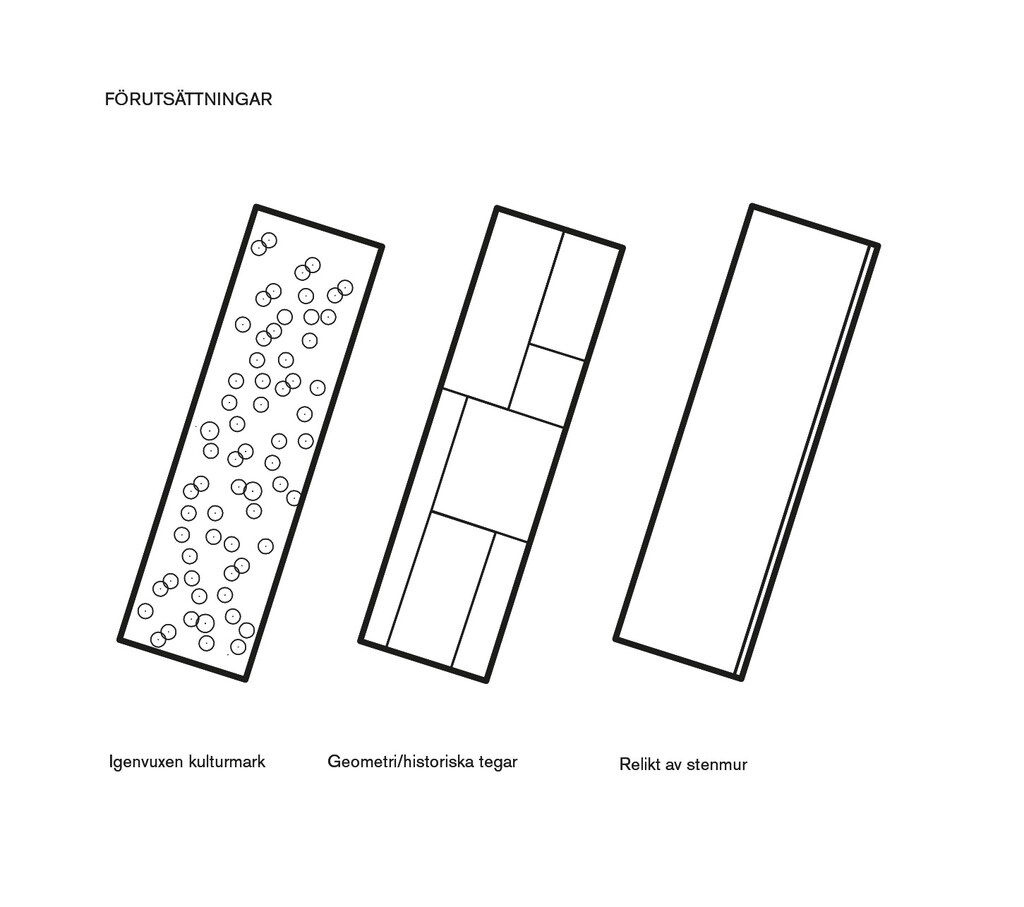

The park’s hub and the platforms’ views
The platforms of the central park space are multiples of the overarching geometry where sports, play and gathering places are combined with a metaurban basketball hoop that is set against the open landscape parallel to the park’s “folly” or “vanity” in the northern part. The platforms are the central highlight of the park, they form views in the form of piers that visually connect to the water contact. With the dimensions of a traditional croft, they also take on the role of a possible house foundation, something that is taken up by the “vanity” that contributes to the central space’s character as a garden. With the shape of a building fragment with a doorway, it becomes both a backdrop for play, rest and sunbathing as well as an associative, spatial marker.
Colonial area, ancient monument park and a place in the landscape
The walkways connect to the three ancient tombs so that they are softly integrated into the park’s ensemble and become time markers for the landscape’s cultural heritage. In the northern part of the park, new allotment gardens have been integrated into the park, in a more introverted and garden-classic geometry – where the well is conveniently placed in the middle of the cloisters. Here, the land is cultivated anew and literally, and the park’s role as a meeting place and space for reflection and recovery is combined with its role as a place of cultivation in a contemporary democratic opportunity. The park’s view over its well-defined space starts from the base of the platforms but triumphs with the 4-meter-high Berliner swings, which take a leap towards the open view and convey an experience that is often forgotten by many.
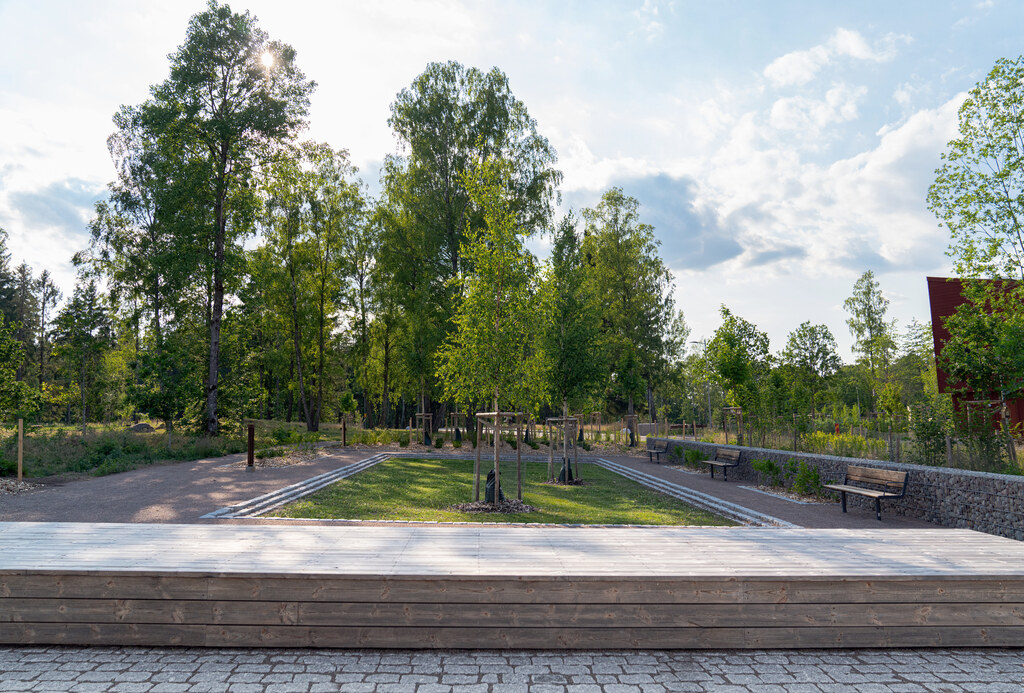
The park's main entrance to the east introduces the park's graphic motif in the form of a foyer. A large wooden platform forms an informal landing area and looks out onto a background planting of birch and crypt pine.
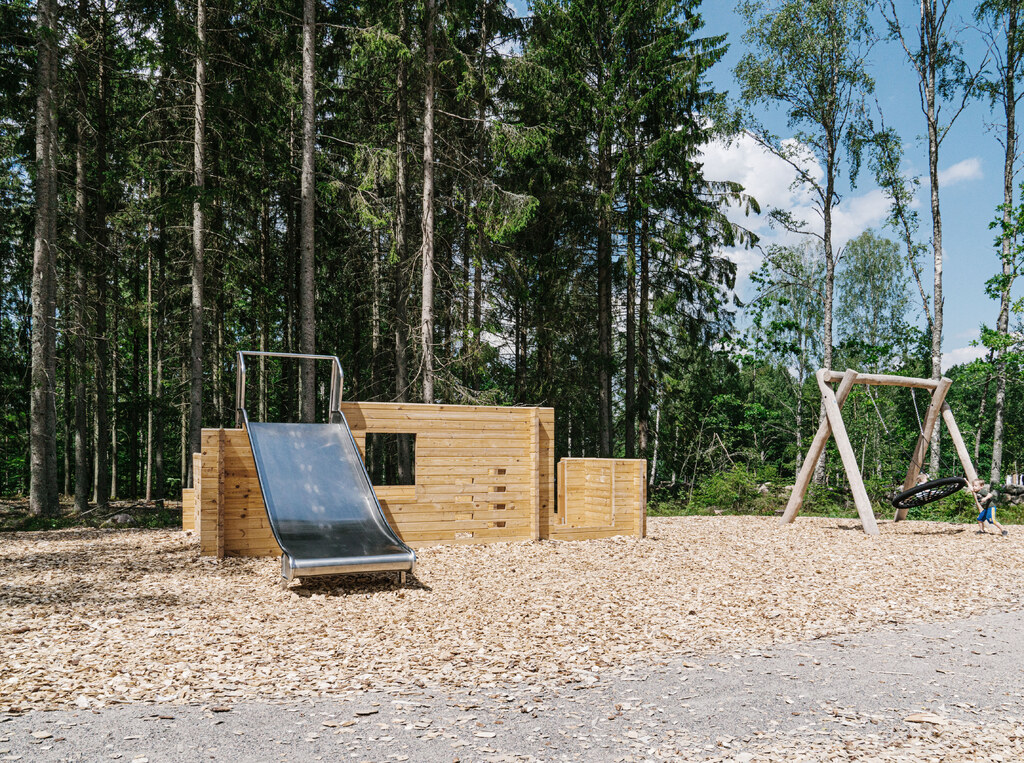
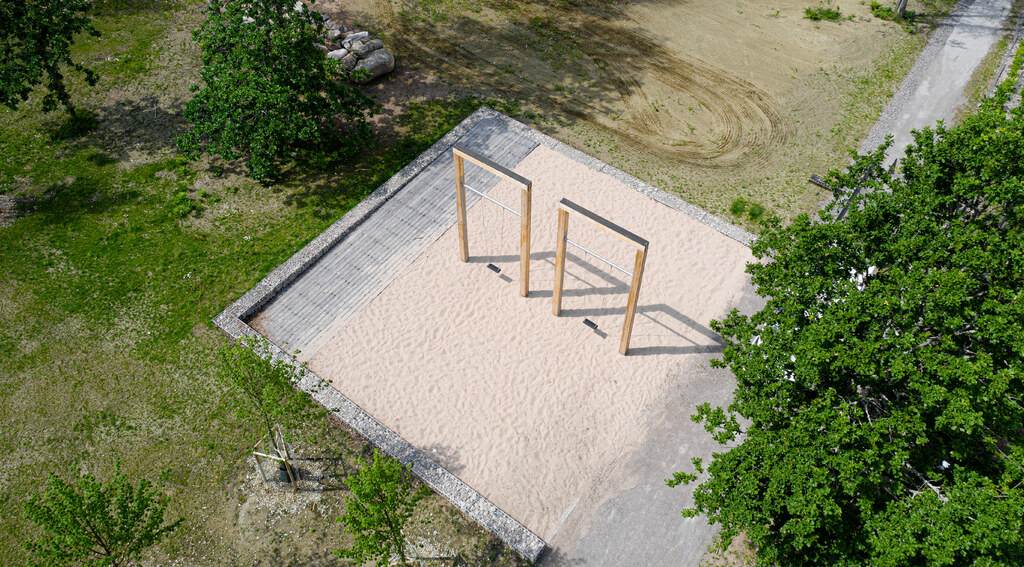
“The transformation of an overgrown agricultural landscape into a contemporary park conveys cultural heritage and landscape character through a robust design.”
Frans Gillberg, Landskapsarkitekt, Liljewall
Project team
-
Landscape architect in charge of the assignment
Andreas Johansson
-
Design-responsible landscape architect
Frans Gillberg
-
Contributing landscape architect
Johanna Sarnsjö
-
Contributing landscape architect
Henrietta Arnesson
-
Photographer
Anna Kristinsdottir
-
Drone photographer
Joacim Winqvist / Picture Perfect Visuals
-



